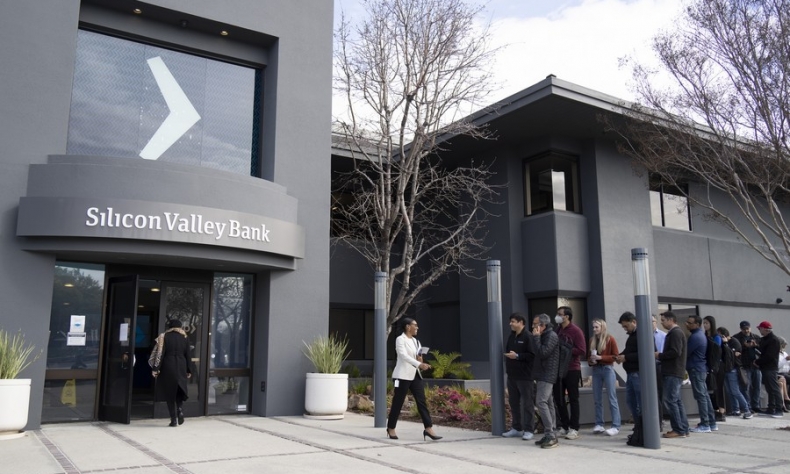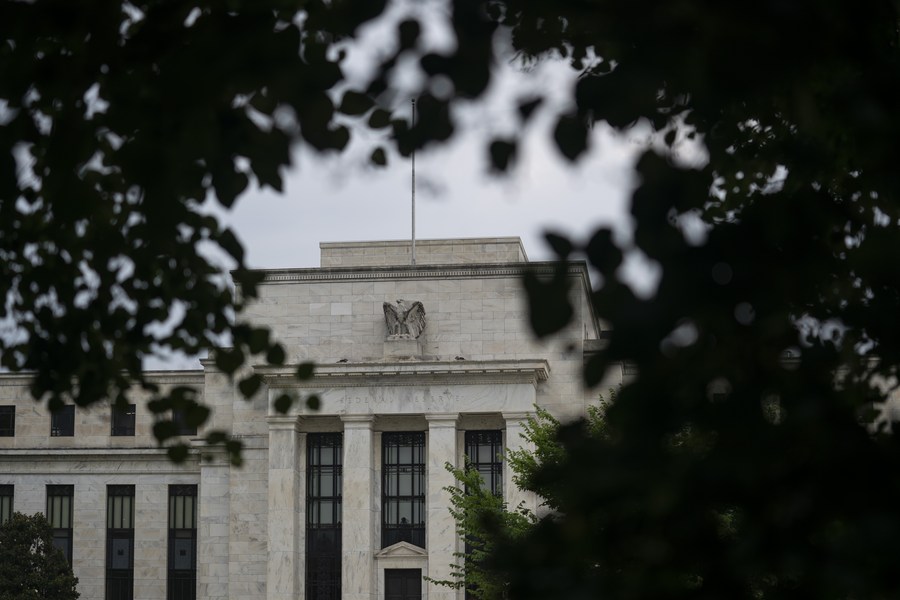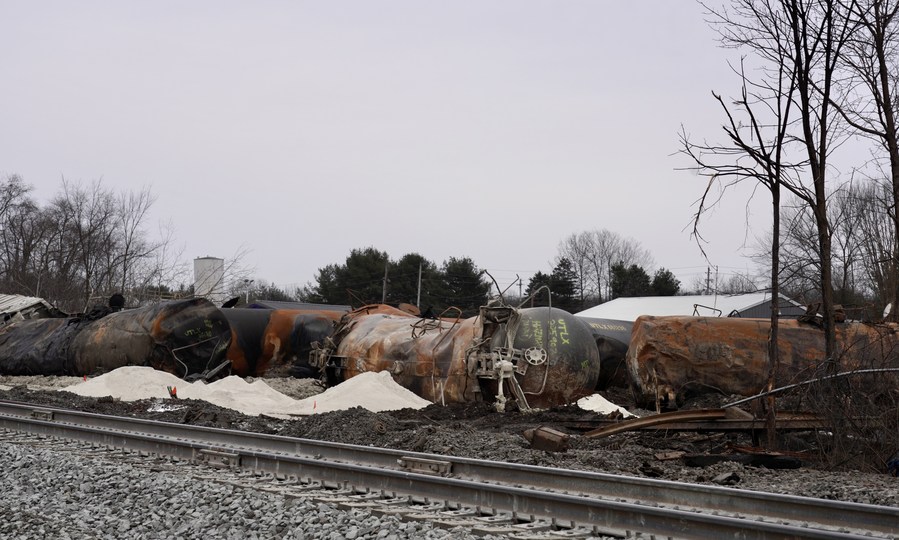America and Two Distinct Failures of Industry

The collapse of SVB and the derailment of the Norfolk Southern train carrying toxic chemicals in East Palestine, Ohio, one month ago reveal holes in the American regulatory system that is failing to protect ordinary citizens.
The Silicon Valley Bank (SVB) collapsed because its owners and investors were not smart with money.
This was a bank that served America’s tech industry and venture capitalists. These people consider themselves the most brilliant people in the world, inherently worthy of the millions upon millions of dollars they earn creating apps that put taxi drivers out of business and make rents unaffordable.
Of the top 10 wealthiest billionaires on the Forbes list, six made their fortune in tech. That includes Elon Musk, who bought Twitter just so that he could put his own tweets in front of more users and force his political opinions on everyone, and Google’s Larry Page, whose website has been accused of destroying the newspaper industry.
When journalists and working-class people lose their jobs, the cry on Twitter is, “Learn coding!” Now that coders are worried they might lose their jobs. They cry for government bailouts and warn gravely of the “innovative” businesses the United States will be without if we don’t save them. These innovators work hard and take risks, so they deserve their piles of money. But how much risk are they taking if the government steps in to protect them when their investments go flop?

The U.S. government ensured the bank’s depositors were protected but not the shareholders. The government paid for the backstop with money from fees paid by banking institutions. It was one of the few times the banksters did not get all they wanted. But their rage about being denied a full bailout was instructive.
These “masters of the universe,” as financiers fancy themselves, lent overwhelmingly to tech startups and invested their deposits in long-term bonds. Their portfolio was not diversified. For a while, their strategy of chasing ethereal profit paid off. As long as interest rates were low, long-term bonds produced greater returns than short-term investments. But anyone with a rudimentary understanding of economics knows interest rates fluctuate and economic forces change direction.
The Federal Reserve raised interest rates in order to battle ongoing inflation. Many followers of economic news predicted that would happen. Suddenly the bonds SVB had invested in became less profitable at the same time that deposits in the bank were slowing down because the tech industry finally encountered a bumpy road.
When too many people started pulling their money out, the bank didn’t have enough cash, and then there was panic. Worried depositors all try to withdraw their funds simultaneously, so the problem spirals out of control.
The collapse of SVB and the derailment of the Norfolk Southern train carrying toxic chemicals in East Palestine, Ohio, one month ago reveal holes in the American regulatory system that is failing to protect ordinary citizens.

Norfolk Southern was able to run an overloaded train with 20 cars full of carcinogens and highly-flammable liquids and gases and an inadequate braking system through tranquil communities because the government did not have safety rules in place. Rail industry lobbyists had rallied against regulations that would have required new electronic braking systems to be installed on trains carrying hazardous materials. Rail industry business practices have made trains longer and more unwieldy while decreasing the number of employees maintaining and operating the equipment.
Similarly, large banks and finance companies had been pushing for repealing rules regulating banks passed in the aftermath of the 2008 financial crisis. The CEO of SVB was one of the supporters of a bill that made it easier for banks to invest deposited money recklessly without over-sight.
After the 2008 crash, a bill was passed to require that banks over $50 billion in assets be financially viable in the event of an emergency. In 2018, Congress raised that threshold to $250 billion, exempting SVB and many other large banks.
This pattern after a catastrophe is the same. Politicians facing public pressure finally do some-thing to try to address the problem. Industry tries to stop it. When all the public’s ire is against them, they don’t always win. But industry doesn’t give up. When people’s attention has faded, they repeal the rules, and then crisis strikes again.
The same problem repeats itself in different industries and at different times.
 Facebook
Facebook
 Twitter
Twitter
 Linkedin
Linkedin
 Google +
Google +










